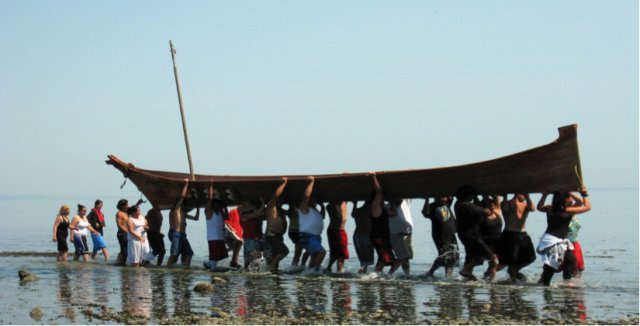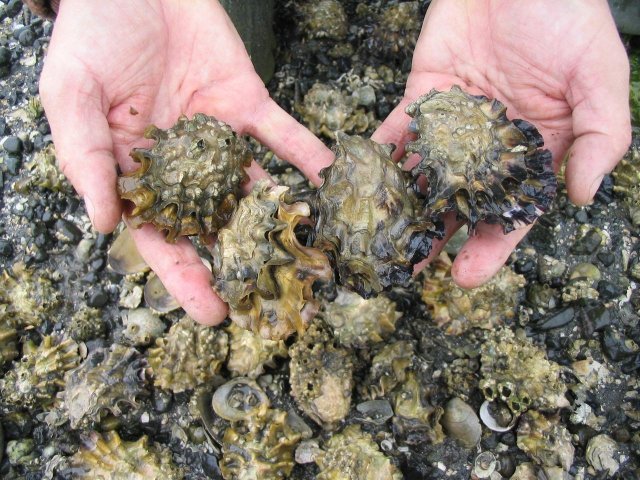About Puget Sound
Puget Sound is part of a larger marine ecosystem called the Salish Sea, which also includes the Strait of Juan de Fuca, and the Georgia Basin in Canada.

There is no boundary that officially defines Puget Sound, but for regulatory purposes we refer to it as the marine areas south of the U.S.-Canada border and east of the Strait of Juan de Fuca.
Puget Sound is an economic and cultural engine for the region’s more than 4.7 million people, including 19 federally recognized Tribes.
Federal support of Puget Sound recovery comes from many programs, most of which are administered by the EPA, the National Oceanic and Atmospheric Administration, the U.S. Department of Agriculture, U.S. Department of Interior, and the U.S. Army Corps of Engineers.
The health and productivity of Puget Sound is a cornerstone of this region's quality of life, and the area's vibrant economy benefits from commercial fishing to eco-tourism. It's home to over 200 species of fish, over 100 species of birds, 20 species of marine mammals, and over 3,000 species of invertebrates.

Many of these species have experienced serious declines and are at risk or vulnerable to extinction. The continued loss of these species points to declining ecosystem health that affects the economic, social and cultural well being of our communities.
We all have a common interest in protecting and restoring Puget Sound. Federal, state, and Tribal governments, community groups, non-profits, and municipalities are delivering protection and restoration work that's showing results.
The EPA receives money from Congress to help protect and restore Puget Sound through cooperative agreements with state, local and Tribal governments, and other organizations.
Learn more about EPA's efforts to protect and restore water quality and ecological integrity in Puget Sound: EPA Geographic Funding at Work on Puget Sound Recovery.
